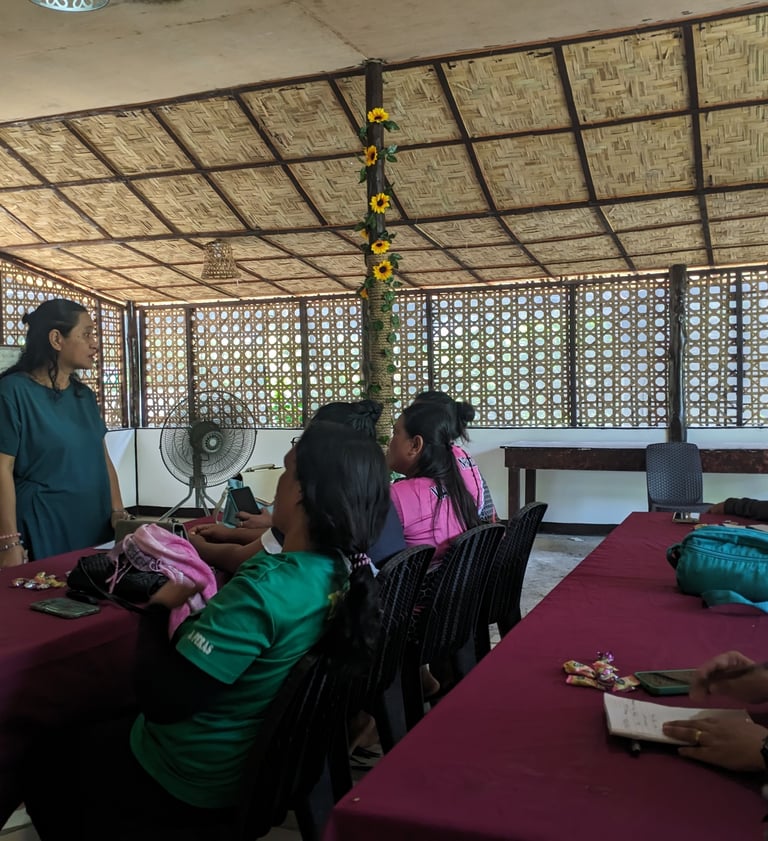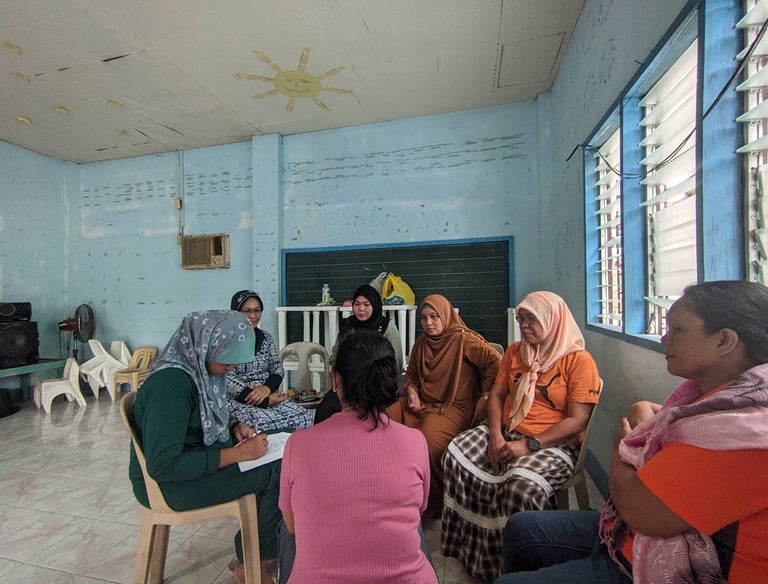Sustenance is imminent for business excellence
Social Impact Assessment & Social Accountability
ASQB Business Support Services undertakes research studies for the formulation of a Social Development and Management Program (SDMP) based on the Needs Assessment of the Host and Neighboring Communities for the mining sector.
· Undertake consultations and social research on the community's perception of the exploration and operation
· Submit the final report to the management in the prescribed period regarding the research study conducted for reference in the development of the Company’s Social Development and Management Program (SDMP); and
· Formulation of Social Development and Management Program (SDMP) in Consultation with the Host and Neighboring Communities.


SIA is a systematic process that is used to evaluate the social consequences of proposed projects or policies. It considers how these initiatives affect communities, cultural heritage, livelihoods, and overall quality of life.
Purpose:The primary purpose of SIA is to anticipate and mitigate negative social impacts while maximizing beneficial aspects, thereby promoting equitable and sustainable development.
Key Steps for Effective SIA:
Scoping:
Define the scope and objectives of the assessment.
Identify stakeholders and key issues relevant to the community and project.
Stakeholder Engagement:
Actively involve affected communities, including marginalized groups, to gather their perspectives, concerns, and expectations.
Utilize public meetings, focus groups, and surveys to gather feedback.
Baseline Data Collection:
Gather existing data on the social environment, including demographics, cultural practices, economic conditions, and community resources.
Use qualitative and quantitative research methods to ensure comprehensive information.
Impact Prediction:
Analyze potential social impacts, both positive and negative, associated with the project.
Consider factors such as displacement, changes in employment, community cohesion, and health.
Mitigation Strategies:
Develop strategies to mitigate negative impacts while enhancing positive outcomes.
Recommend policies and programs that support affected communities.
Reporting:
Compile findings, conclusions, and recommendations into a clear report.
Ensure transparency and accessibility of the report for stakeholders.
Monitoring and Evaluation:
Establish a plan for monitoring the social impacts during and after project implementation.
Include adaptive management strategies to respond to unforeseen issues.
Environmental Impact Assessment (EIA)
Definition:
EIA is a process used to evaluate the potential environmental effects of a proposed project before decisions are made. It assesses impacts on the natural environment, including air, water, soil, flora, fauna, and ecosystems.
Purpose:
The goal of EIA is to inform decision-makers and the public about potential environmental consequences and to promote sustainable development by minimizing harm to ecosystems.
Key Steps for Effective EIA:
Screening:
Determine which projects require an EIA based on criteria such as size, location, and potential impacts.
Scoping:
Define the scope of the assessment, identifying key environmental components, potential impacts, and stakeholders.
Engage stakeholders to understand concerns and priorities.
Baseline Data Collection:
Collect and analyze data on existing environmental conditions, including ecological, chemical, and physical aspects.
Use field surveys, remote sensing, and existing databases to gather data.
Impact Assessment:
Identify and evaluate the potential environmental impacts of the project during different phases (construction, operation, decommissioning).
Consider cumulative impacts and interactions between different environmental components.
Mitigation Measures:
Propose measures to avoid, minimize, or offset adverse environmental impacts.
Develop actionable plans for implementing these measures.
Reporting:
Prepare a comprehensive EIA report documenting findings, methodologies, and recommendations.
Ensure that the report meets regulatory requirements and is accessible to stakeholders.
Consultation:
Conduct public consultations to present findings and gather feedback.
Address concerns raised by the community and stakeholders.
Decision-Making:
Use the EIA findings to inform project decisions and conditions for approval.
Monitoring and Follow-Up:
Establish a plan for ongoing monitoring of environmental impacts and the effectiveness of mitigation measures.
Include adaptive management strategies to address unforeseen consequences.
Both Social Impact Assessments and Environmental Impact Assessments are essential tools for fostering responsible development and decision-making. Effective implementation requires strong stakeholder engagement, thorough data collection, and careful analysis of potential impacts. By integrating these assessments into project planning, organizations can better contribute to social well-being and environmental sustainability.




Consultancy
Specialists in business solutions, understanding pain areas, offering solutions.
Phone +63 9173145764
© 2024. All rights reserved.
